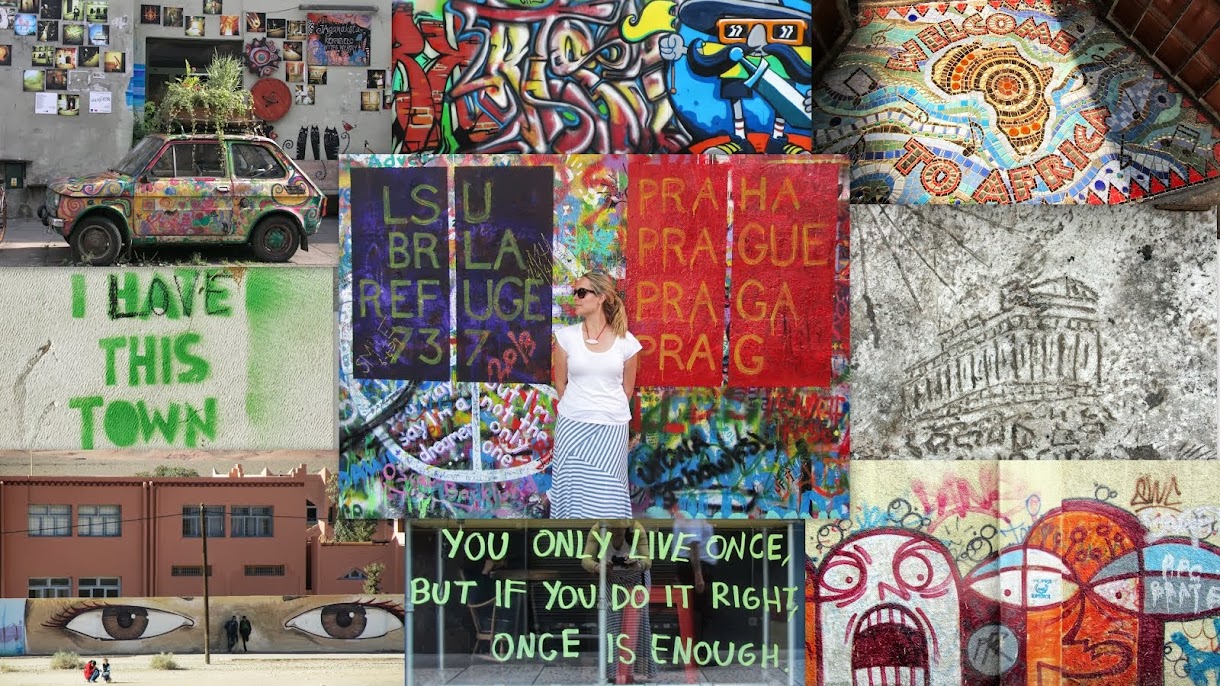During the Yugoslav wars, a friend of mine fled the province of Vojvodina, Serbia with her family and began a new life in Vienna, Austria. Her stories of struggle, loss, bravery and strength are what gave me a desire to visit the northern region of her home country as opposed to the southern region closer to Kosovo, which I would have done otherwise. Since she was unable to join us, however, we decided to take a day trip into Subotica, instead of the city she grew up in.
A friendly neighbor of our farmhouse played taxi-man and drove us the 20 miles to Subotica in his 'I-don't-know-how-in-the-world-he-got-it-running' car. While bouncing down the street a young horse appeared walking down the road in the distance. Not following a straight line, he was taking up the entire road. He'd walk, look behind him, stop and then walk some more. As we neared the scene, the owner came into view. A short, thin, elderly man - his overalls hung loosely on his body. He ran, in brown boots that also appeared a bit too large, chasing the horse. But the horse found it a game and kept a small enough berth to taunt his owner without getting caught.
The 40 minute ride ended with our arrival in the art nouveau capital of Serbia. Walking through Subotica's streets, my mom and I envisioned high society, prestigious individuals in the early 1900's going about daily life when the city was at its prime.
The most striking piece of architecture was one we hadn't been looking for. Hidden just outside the city center, the Subotica Synagogue is claimed to be one of the finest surviving pieces of religious architecture in the art nouveau style, says Duke University. And I, wholeheartedly, agree. As beautiful as the building is, though, it is equally heartbreaking. Throughout the years it has fallen to disrepair, although restorative works are currently in effect. The synagogue has since been dedicated to the "4000 Jewish citizens with whom we lived and built Subotica. They perished in the Fascist death camps during the World War II."
A friendly neighbor of our farmhouse played taxi-man and drove us the 20 miles to Subotica in his 'I-don't-know-how-in-the-world-he-got-it-running' car. While bouncing down the street a young horse appeared walking down the road in the distance. Not following a straight line, he was taking up the entire road. He'd walk, look behind him, stop and then walk some more. As we neared the scene, the owner came into view. A short, thin, elderly man - his overalls hung loosely on his body. He ran, in brown boots that also appeared a bit too large, chasing the horse. But the horse found it a game and kept a small enough berth to taunt his owner without getting caught.
The 40 minute ride ended with our arrival in the art nouveau capital of Serbia. Walking through Subotica's streets, my mom and I envisioned high society, prestigious individuals in the early 1900's going about daily life when the city was at its prime.
The most striking piece of architecture was one we hadn't been looking for. Hidden just outside the city center, the Subotica Synagogue is claimed to be one of the finest surviving pieces of religious architecture in the art nouveau style, says Duke University. And I, wholeheartedly, agree. As beautiful as the building is, though, it is equally heartbreaking. Throughout the years it has fallen to disrepair, although restorative works are currently in effect. The synagogue has since been dedicated to the "4000 Jewish citizens with whom we lived and built Subotica. They perished in the Fascist death camps during the World War II."









No comments:
Post a Comment